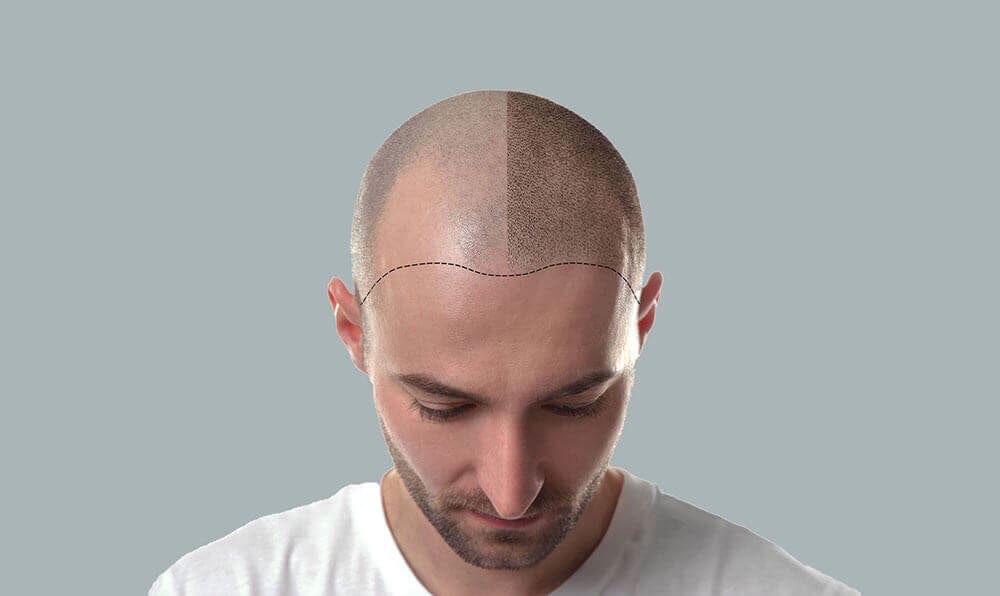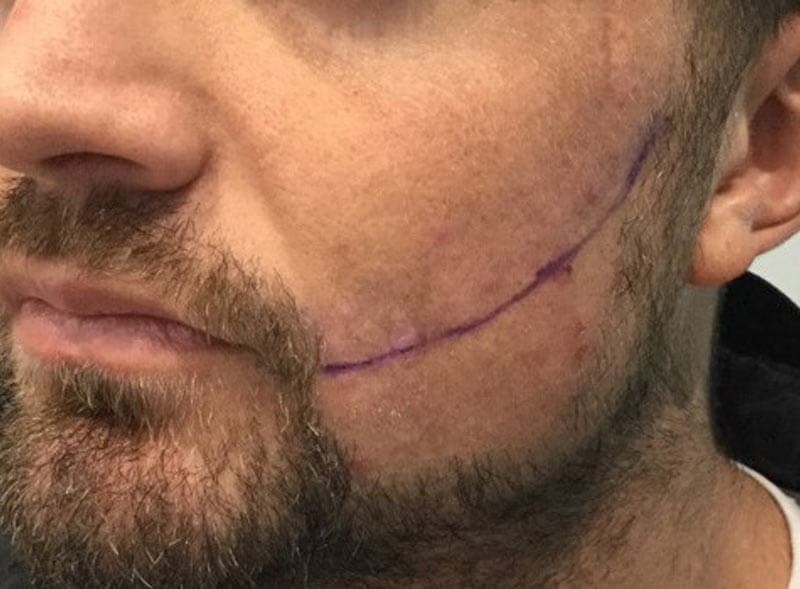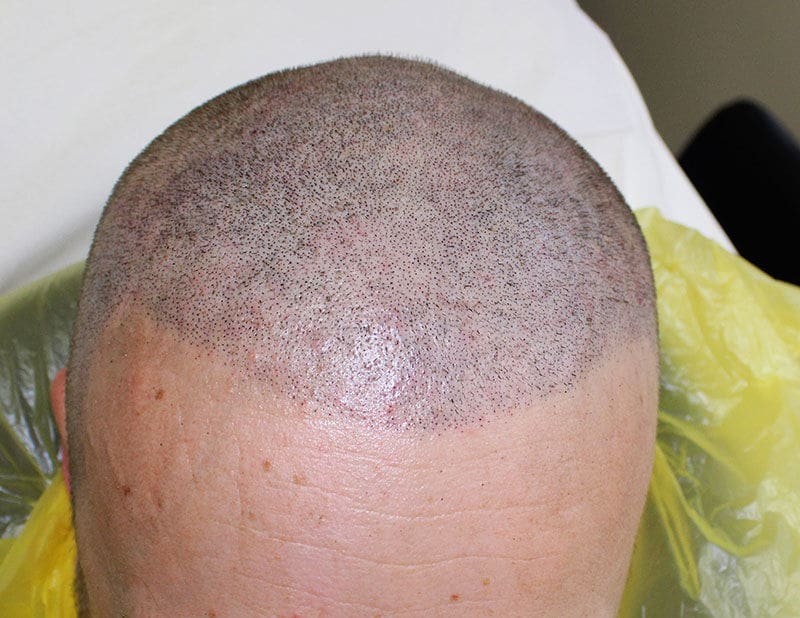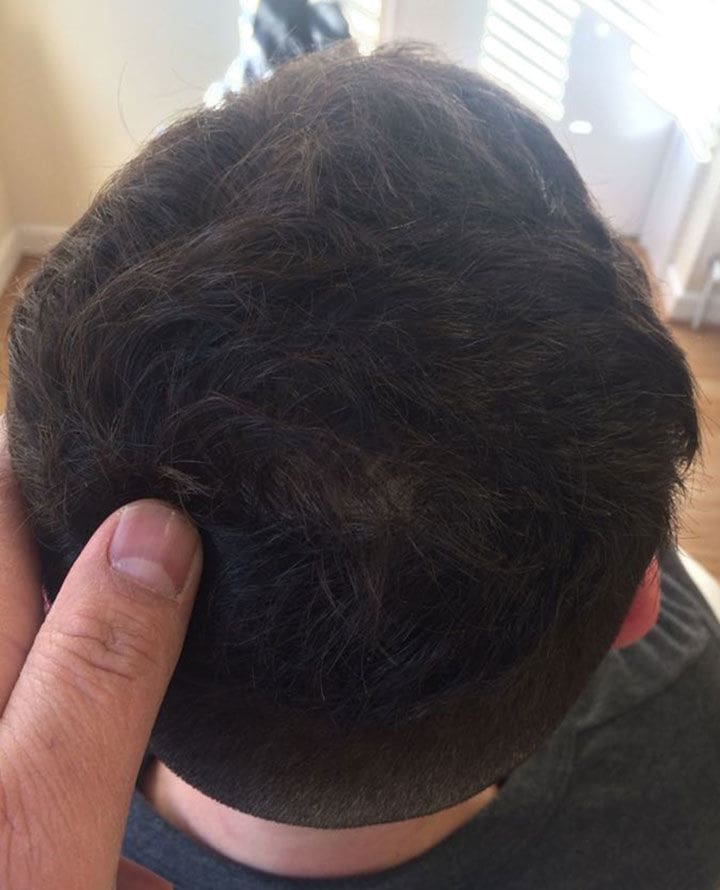
Hair loss is a common concern for many people, affecting self-esteem and confidence. Fortunately, advances in medical technology have led to various hair restoration methods, one of which is Follicular Unit Transplantation (FUT). FUT is a well-established hair transplant technique that has helped countless individuals regain a fuller head of hair. In this comprehensive guide, we will delve into the details of FUT, covering its procedure, benefits, risks, recovery, and more to help you make an informed decision if you’re considering this approach to combat hair loss.
Section 1: Understanding FUT
What is FUT?
Follicular Unit Transplantation, commonly known as FUT, is a surgical hair restoration method designed to address moderate to severe hair loss. FUT involves the removal of a strip of hair-bearing scalp from the donor area, usually the back of the head, where hair is genetically resistant to balding. This strip is then dissected into individual follicular units containing 1-4 hairs each.
How Does FUT Work?
The FUT procedure consists of several key steps:
- Donor Area Preparation: Before the surgery, the surgeon will mark the donor area and sterilize it. The donor area is carefully selected to ensure the extracted hair will match the recipient area’s hair type and characteristics.
- Anaesthesia: Local anaesthesia is administered to the donor area, ensuring that the patient feels minimal to no discomfort during the procedure.
- Strip Removal: A strip of scalp, typically measuring around 1 to 1.5 centimetres in width and 15 to 25 centimetres in length, is excised from the donor area. The wound is then sutured or stapled, leaving a linear scar.
- Follicular Unit Dissection: The harvested strip is carefully dissected into individual follicular units under a microscope. Each follicular unit is handled with precision to preserve its integrity.
- Recipient Area Creation: Tiny incisions are made in the recipient area, where hair loss is apparent. These incisions are strategically placed to mimic the natural hair pattern.
- Follicular Unit Implantation: The dissected follicular units are then transplanted into the recipient area, with the surgeon paying close attention to the angle and direction of the implanted hairs to ensure a natural appearance.
- Dressing and Recovery: Once the grafts are in place, the recipient area is dressed, and the patient is given post-operative care instructions.

Who is an Ideal Candidate for FUT?
FUT is suitable for individuals experiencing moderate to severe hair loss, where a larger number of grafts is required. Ideal candidates should have good donor area hair density, texture, and quality. It’s important to consult with a qualified hair transplant specialist who can assess your suitability for the procedure.
Section 2: Advantages of FUT
FUT offers several advantages that make it a popular choice among individuals seeking hair restoration:

High Graft Yield: FUT allows for the extraction of a large number of grafts in a single session, making it ideal for those with significant hair loss. The procedure’s efficiency can provide substantial coverage and density in one session.
Natural Results: Due to the meticulous handling of follicular units, FUT typically produces natural-looking results. The surgeon can create a well-planned hairline and ensure that the transplanted hair grows in the right direction and angle.
Minimal Transaction: Transaction, which refers to the damage of hair follicles during extraction, is relatively low in FUT. This means a higher percentage of the transplanted grafts will grow successfully.
Cost-Effective: Compared to some other hair transplant methods, FUT is often more cost-effective, as it allows for the transplantation of a larger number of grafts in a single session.
Section 3: Risks and Considerations
While FUT offers several advantages, it’s essential to be aware of the potential risks and considerations associated with the procedure:
Linear Scar: One of the primary concerns with FUT is the linear scar that remains in the donor area. The appearance of the scar can vary from person to person, but it is typically well-hidden by surrounding hair.
Longer Recovery: The recovery period for FUT is generally longer compared to some other hair transplant methods. It can take several weeks for the donor area to heal completely.
Discomfort and Swelling: Patients may experience some discomfort and swelling in the days following the procedure. However, these are usually manageable with pain medication and proper aftercare.
Limited Hairstyling Options: The linear scar in the donor area may limit certain hairstyles, such as very short cuts, that expose the back of the head.
Consultation is Key: Selecting a qualified and experienced surgeon is crucial to minimise risks and ensure a successful outcome. The choice of surgeon greatly influences the final results and the minimisation of potential complications.

Section 4: Recovery and Aftercare
Post-Surgery Care:
Recovery after an FUT procedure is vital to ensure the success of the transplant. Here are some key aftercare steps:

Medications: Your surgeon may prescribe antibiotics or anti-inflammatory medications to prevent infection and reduce swelling.
Rest and Avoidance of Physical Activity: Resting is crucial in the days immediately following the procedure. You should avoid strenuous physical activities and heavy lifting to prevent any strain on the sutures.
Hair Washing: Your surgeon will provide instructions on when and how to wash your hair after the procedure. Following these instructions is essential for proper healing.
Avoiding Sun Exposure: It’s important to protect your scalp from direct sunlight or extreme weather conditions to prevent any complications.
Scab Care: Scabs may form in the recipient area. It’s essential not to pick at them, as this can damage the newly transplanted grafts.
Follow-Up Appointments: Attend all scheduled follow-up appointments with your surgeon to monitor your progress and address any concerns.
Section 5: FUT Results
Immediate Results: After a FUT procedure, it’s common for the transplanted hair to fall out within the first few weeks. This is a normal part of the process, and it doesn’t indicate a failed transplant. New hair growth typically begins within a few months.
Long-Term Results: Over time, the transplanted hair will continue to grow, and you will see significant improvements in hair density and coverage. The final results can take up to a year to become fully apparent.
Maintenance: While the transplanted hair is permanent, it’s important to note that the natural ageing process may cause thinning in other areas of the scalp. As a result, some patients opt for additional hair transplant sessions or non-surgical hair restoration methods to maintain their desired appearance.

Section 6 & 7 : Comparing FUT with Other Methods & Conclusion
FUT is just one of several hair transplant methods available. It’s essential to understand how it compares to other options, such as Follicular Unit Extraction (FUE) and Robotic Hair Transplant, to make an informed choice based on your specific needs and preferences.
Follicular Unit Transplantation (FUT) is a tried-and-true method for hair restoration that offers numerous benefits, including high graft yield and natural results. While it comes with certain risks and considerations, these can be mitigated with careful patient selection and post-operative care.
If you are considering FUT as a solution for your hair loss, consult with a qualified hair transplant specialist who can assess your suitability for the procedure, address your questions and concerns, and provide personalized guidance to help you achieve your hair restoration goals. By understanding the procedure, its advantages, and potential challenges, you can make an informed decision and take a significant step toward regaining your self-confidence and a full head of hair.




